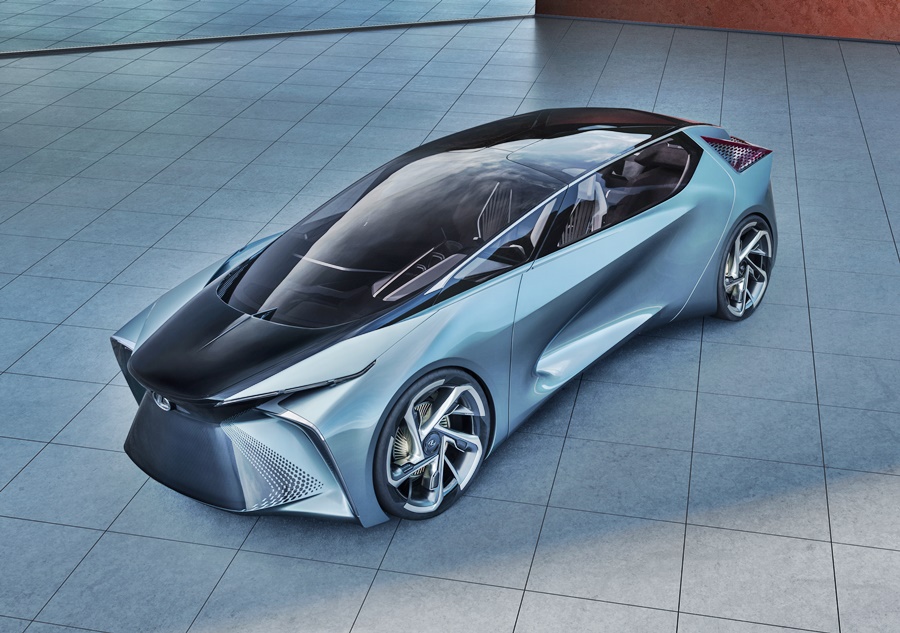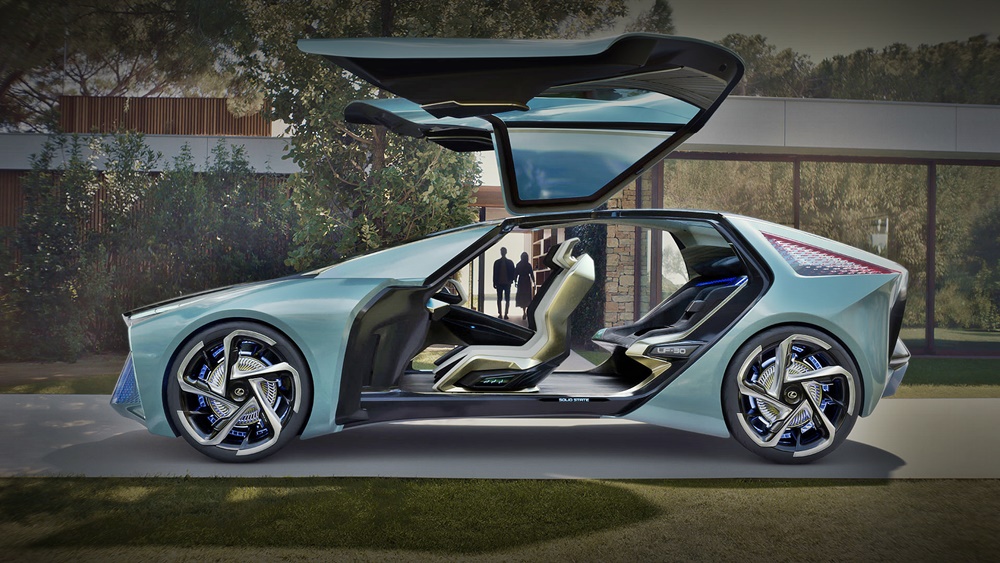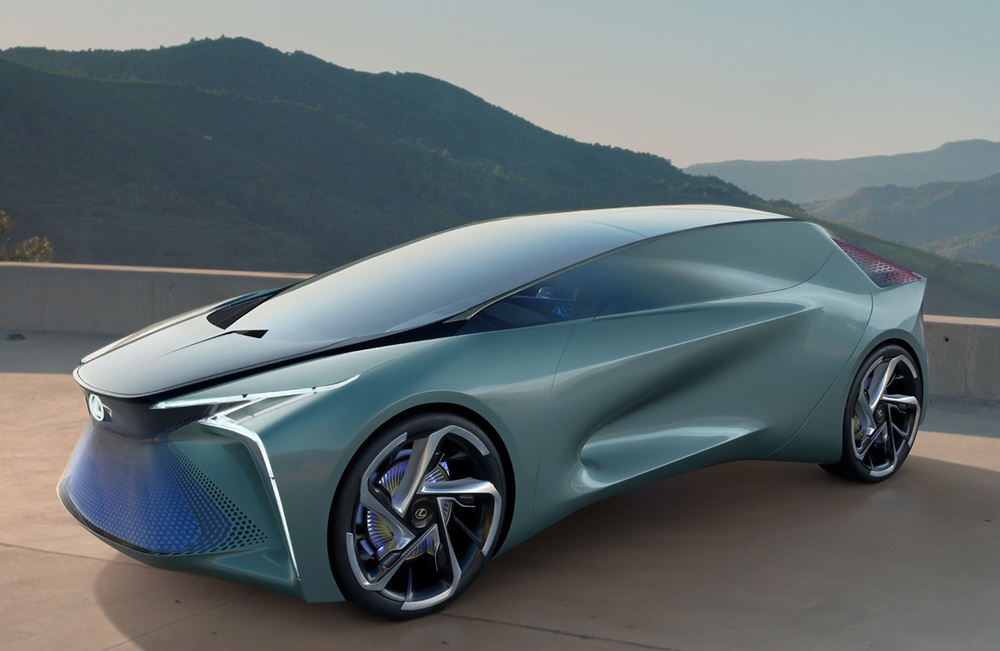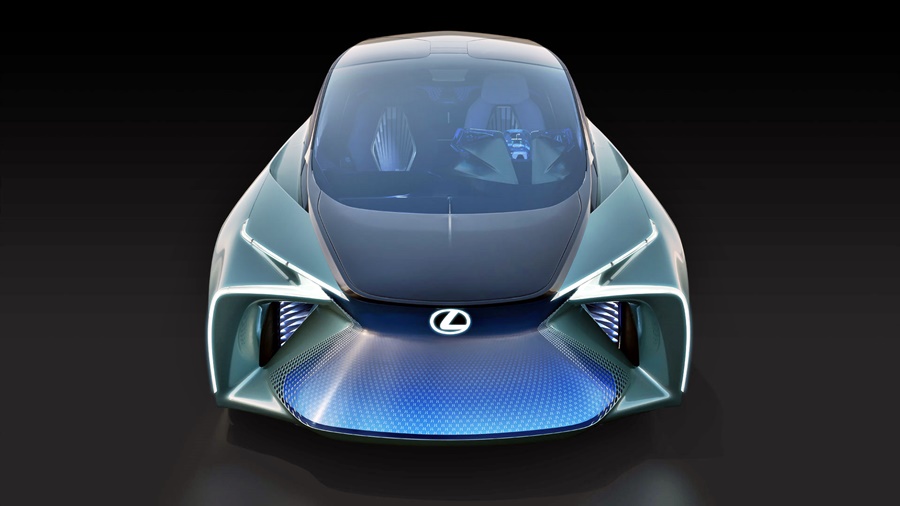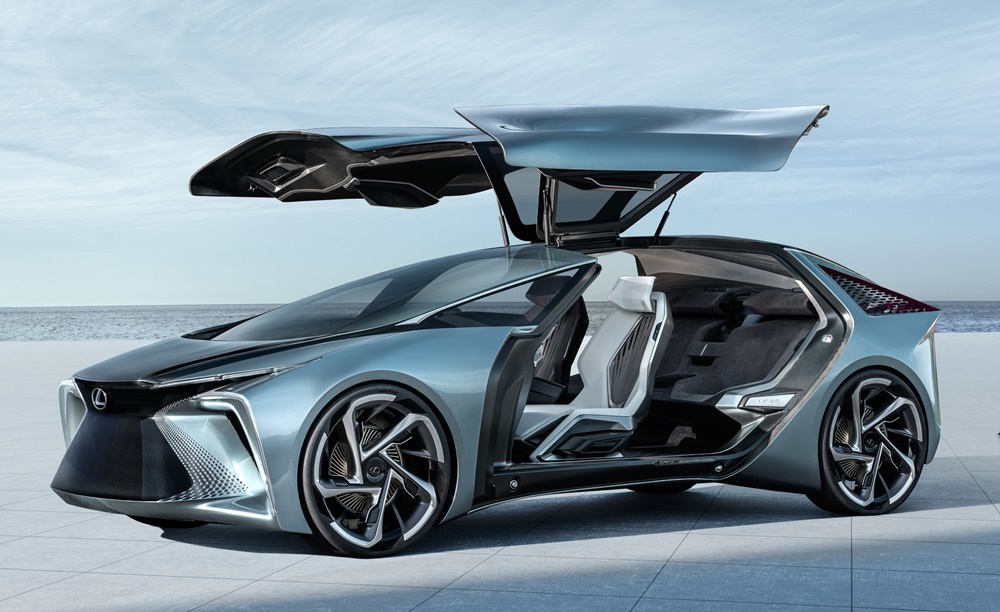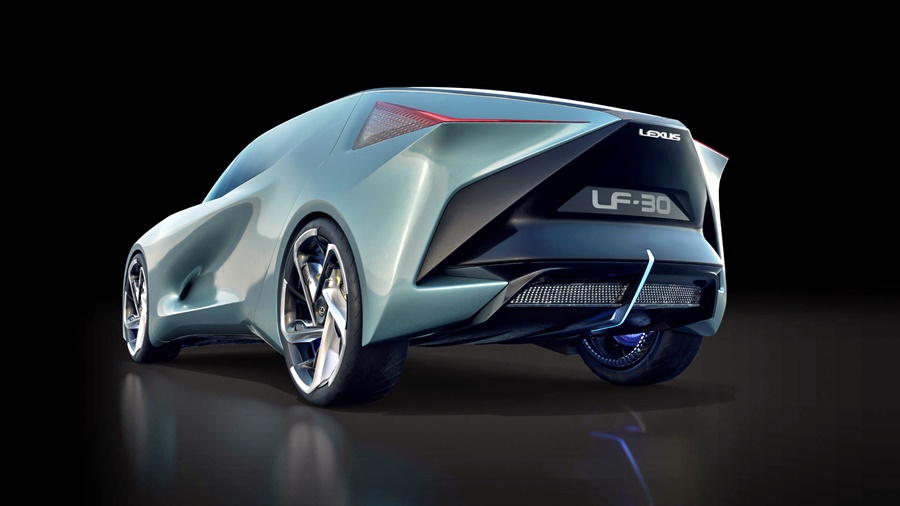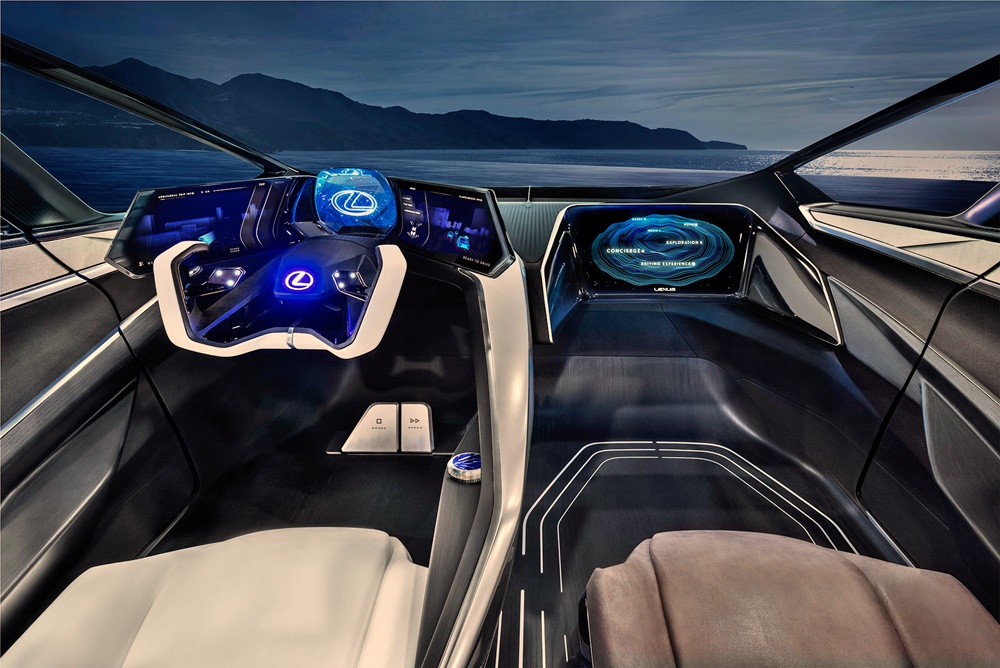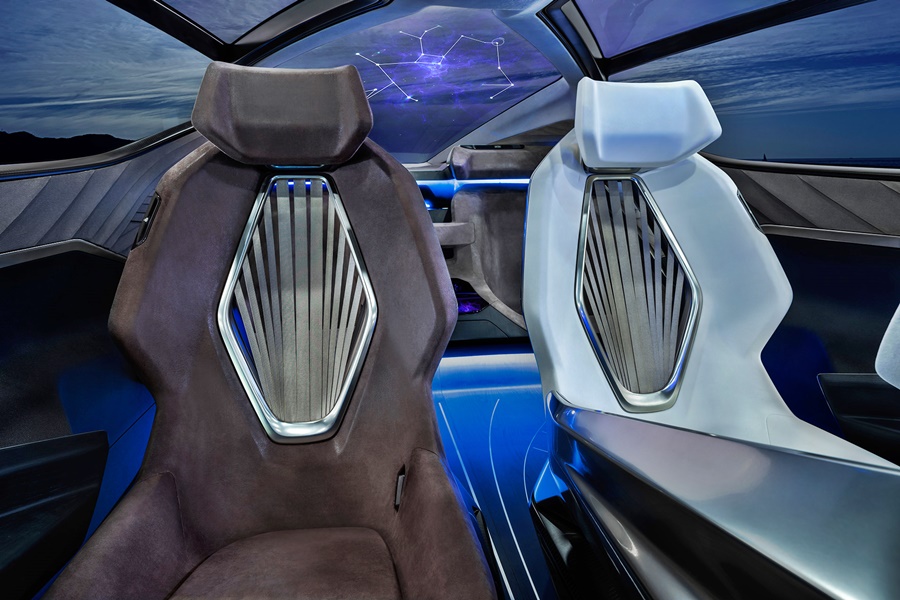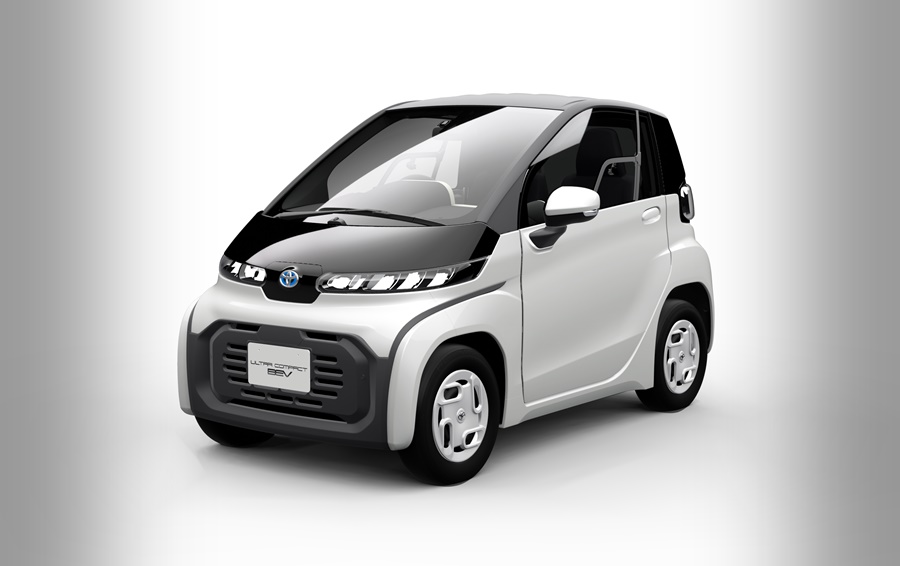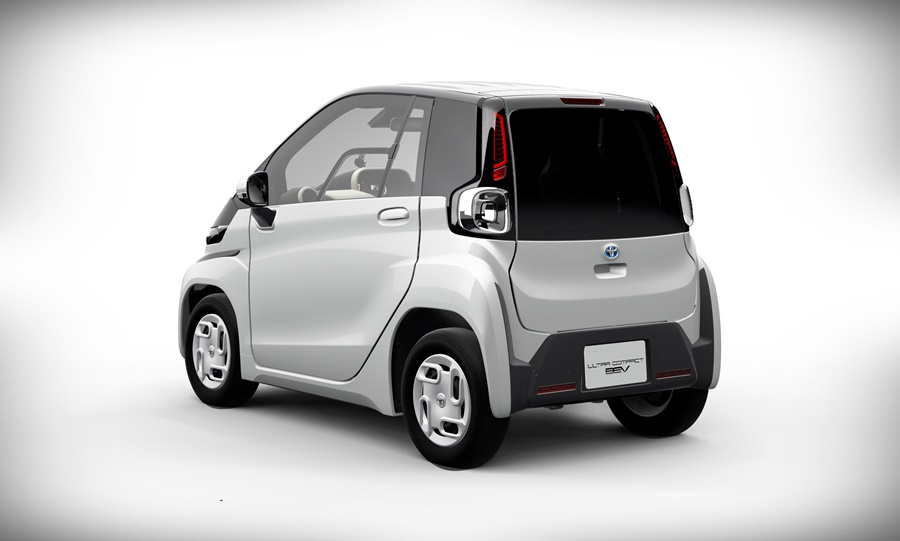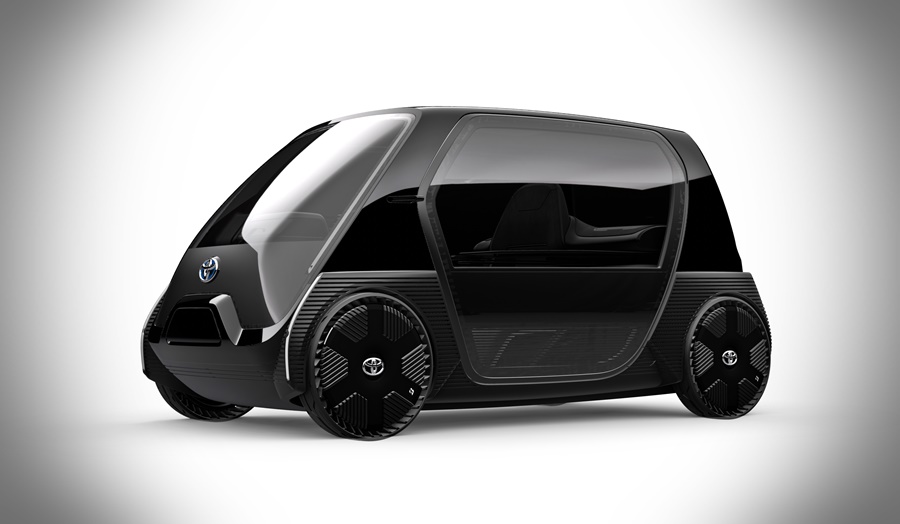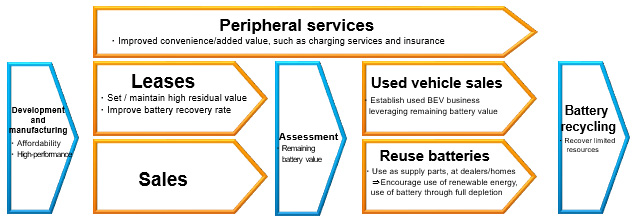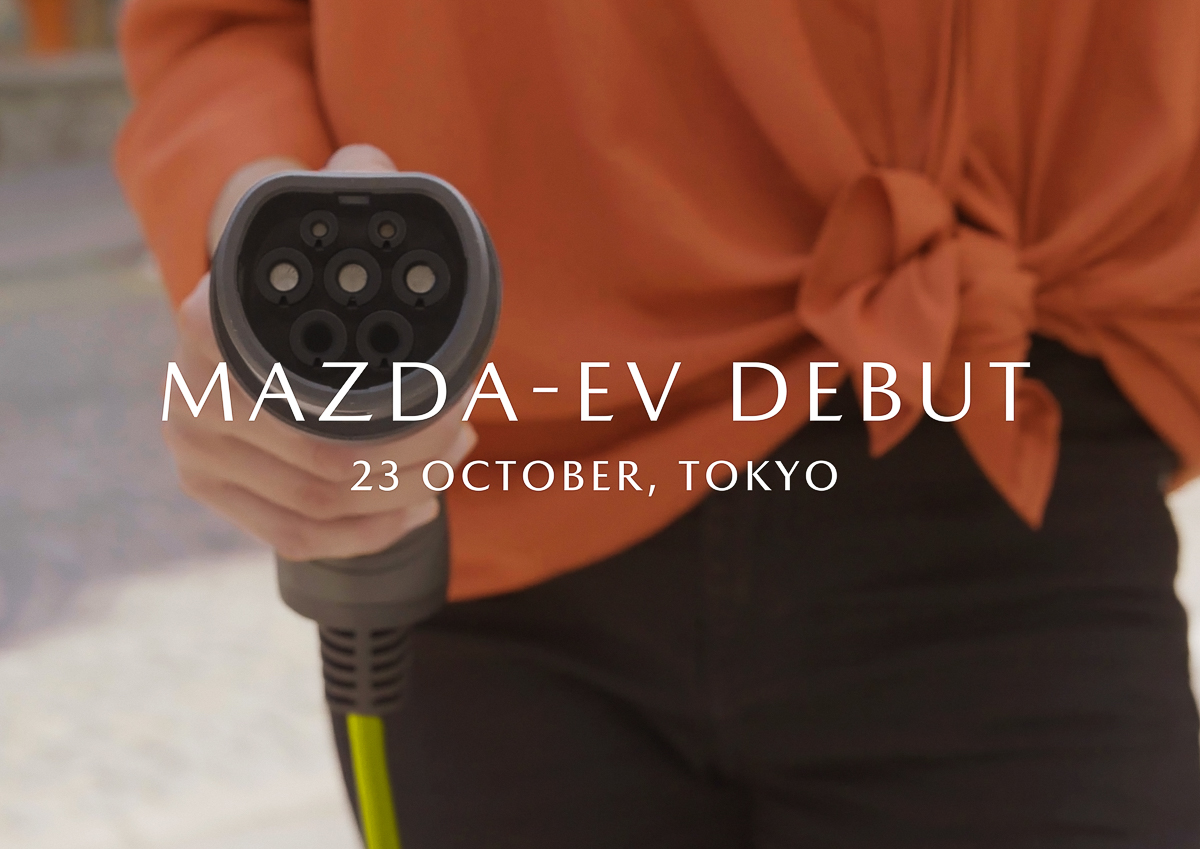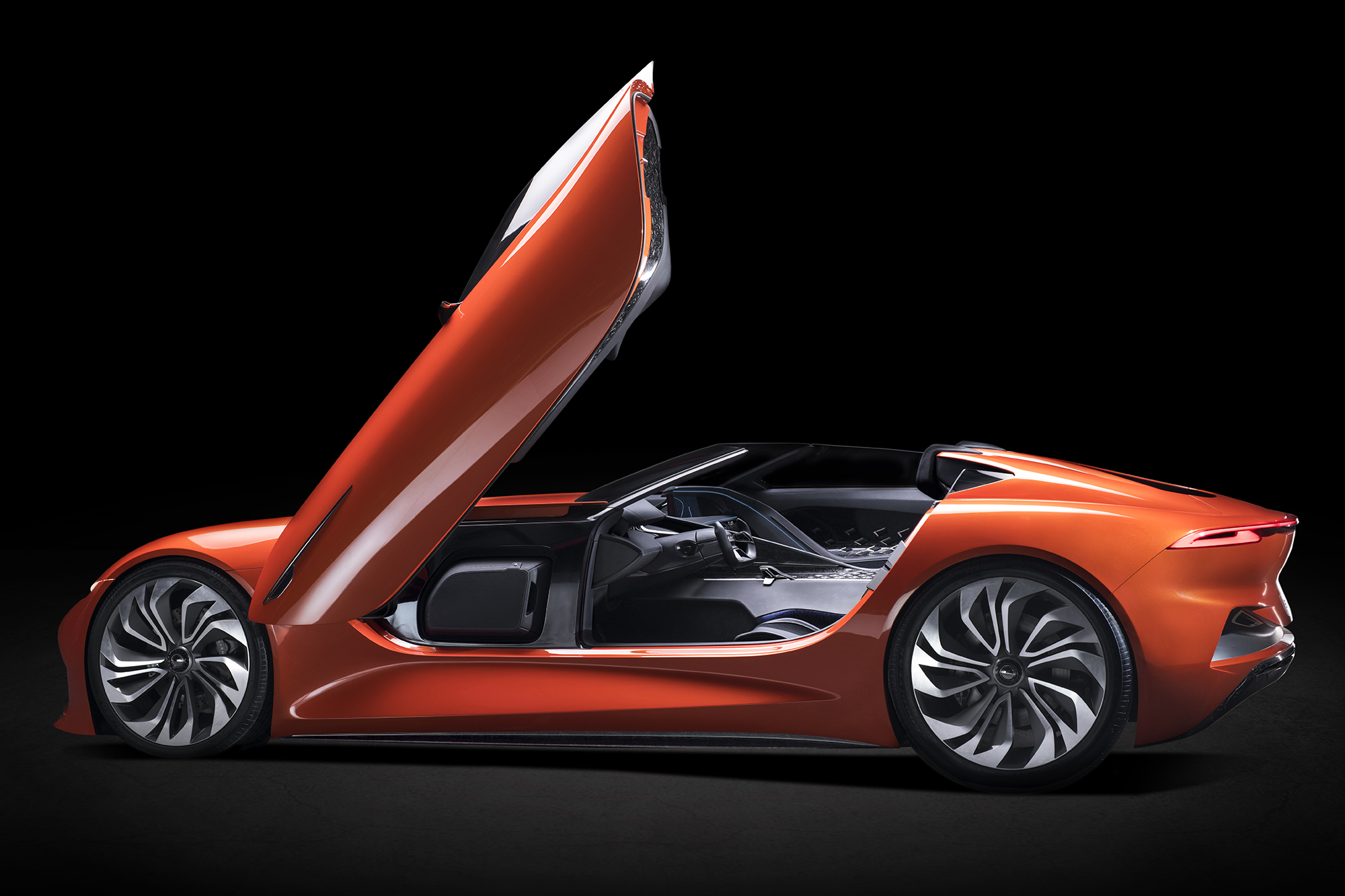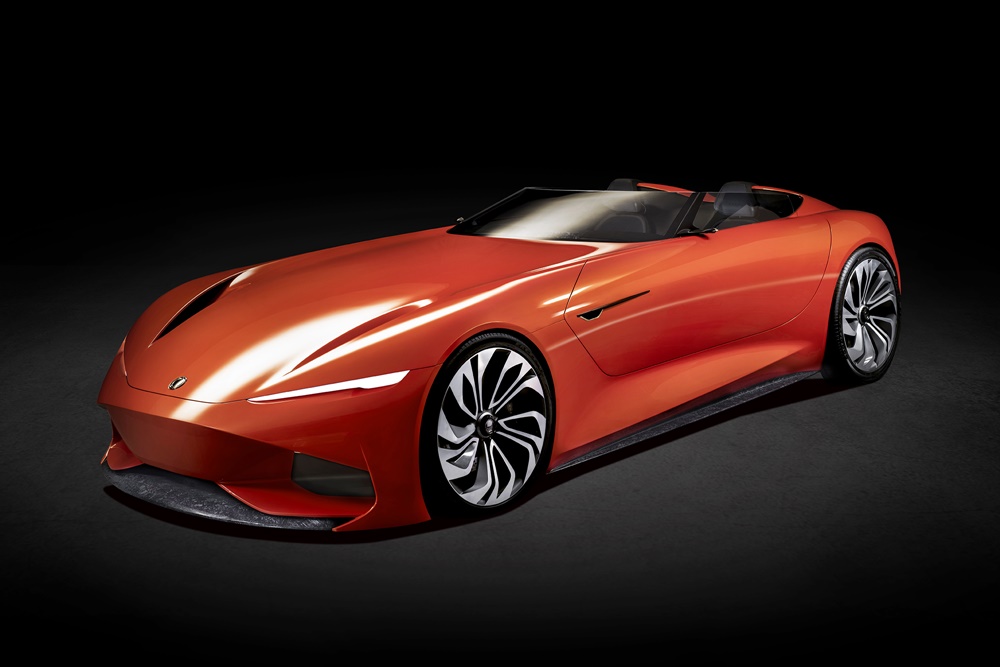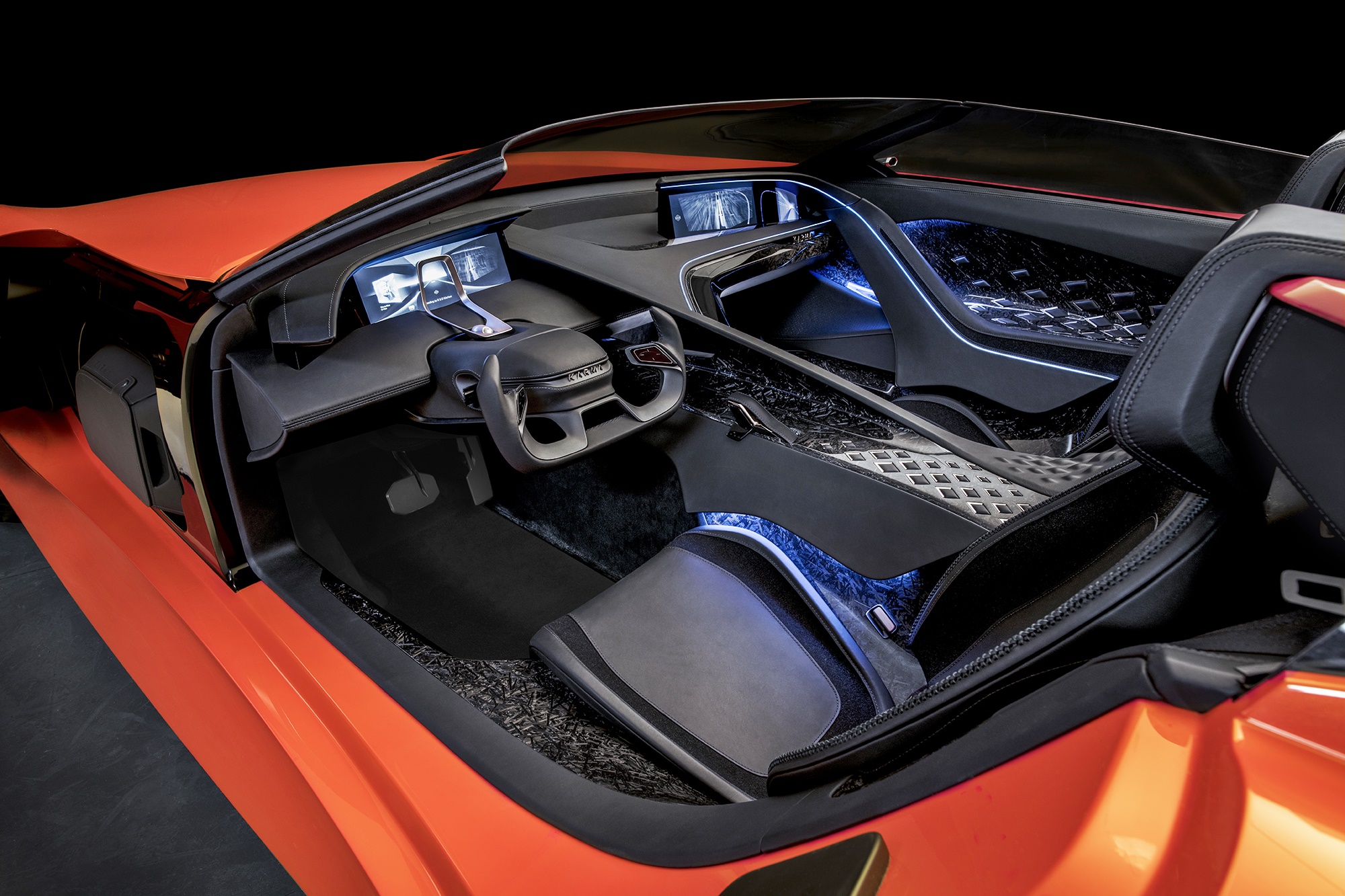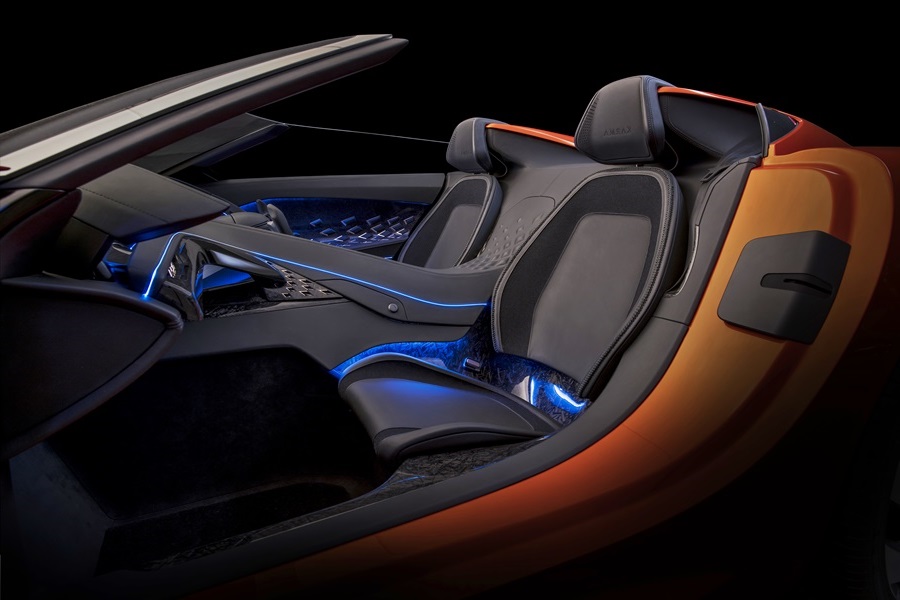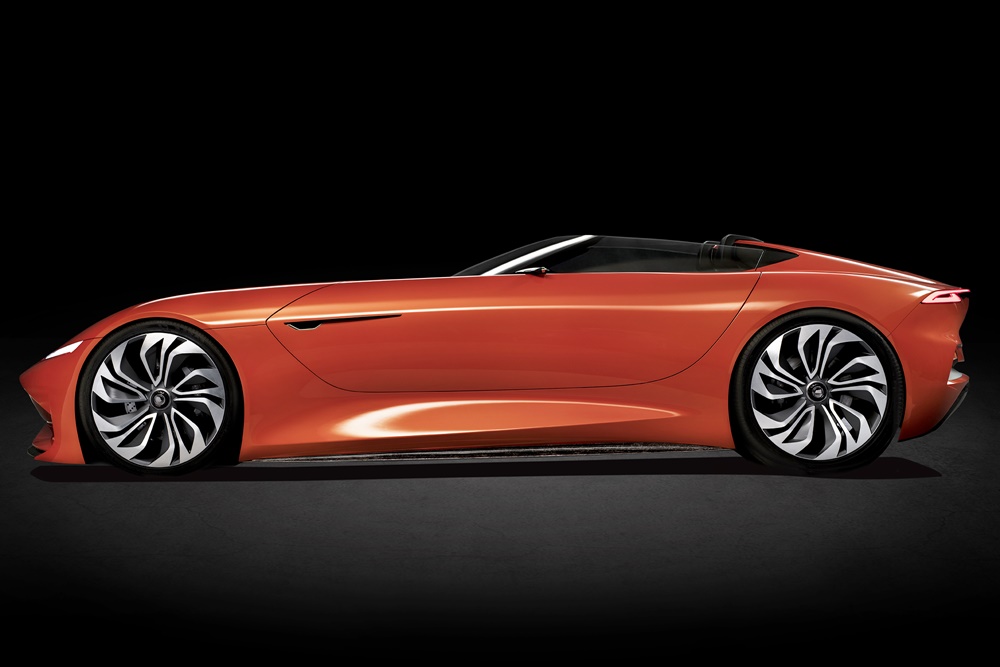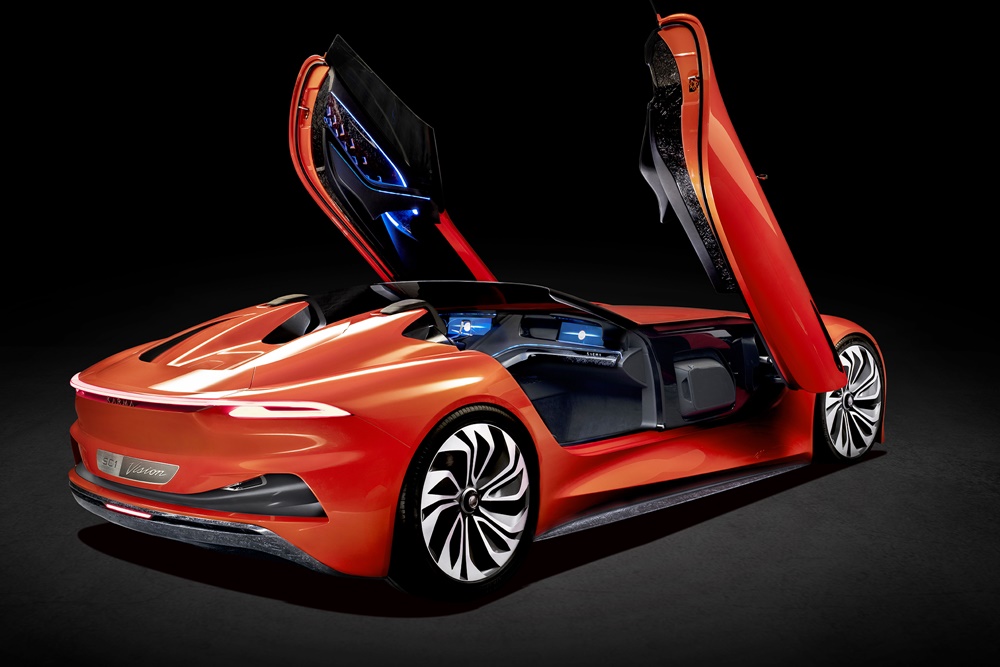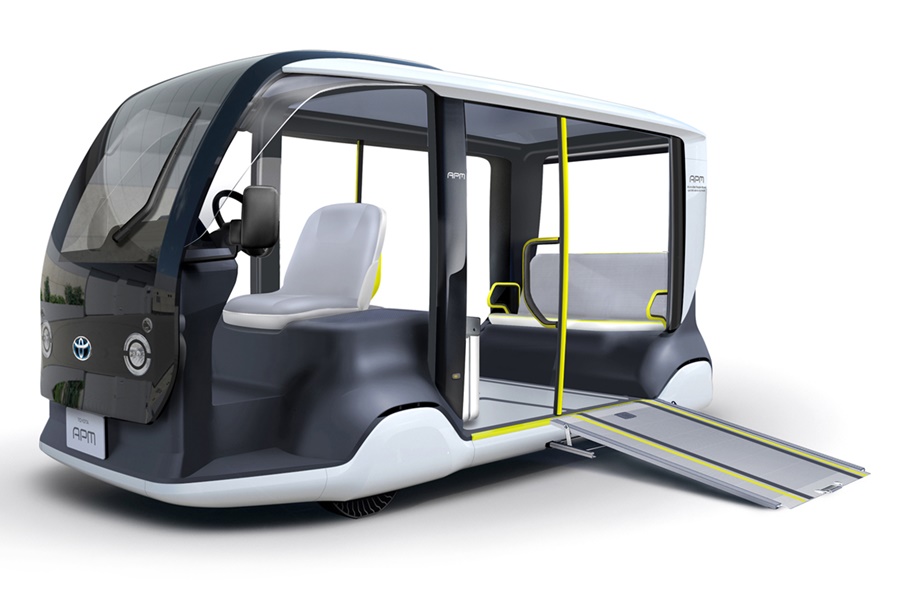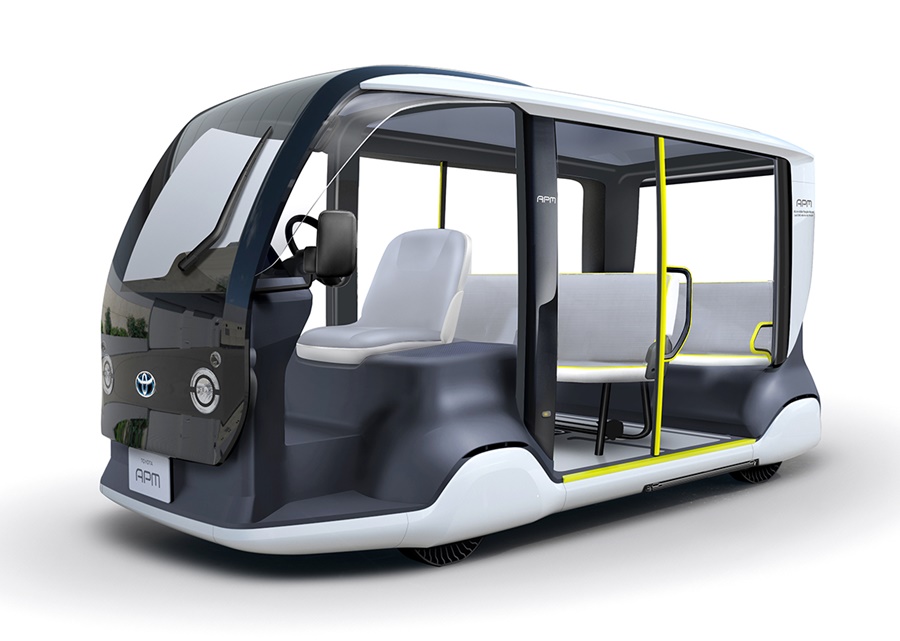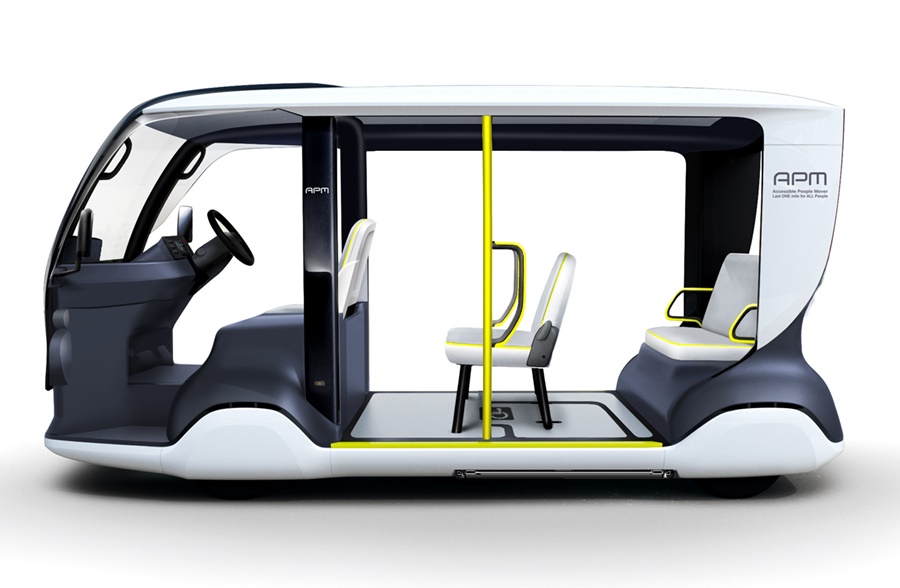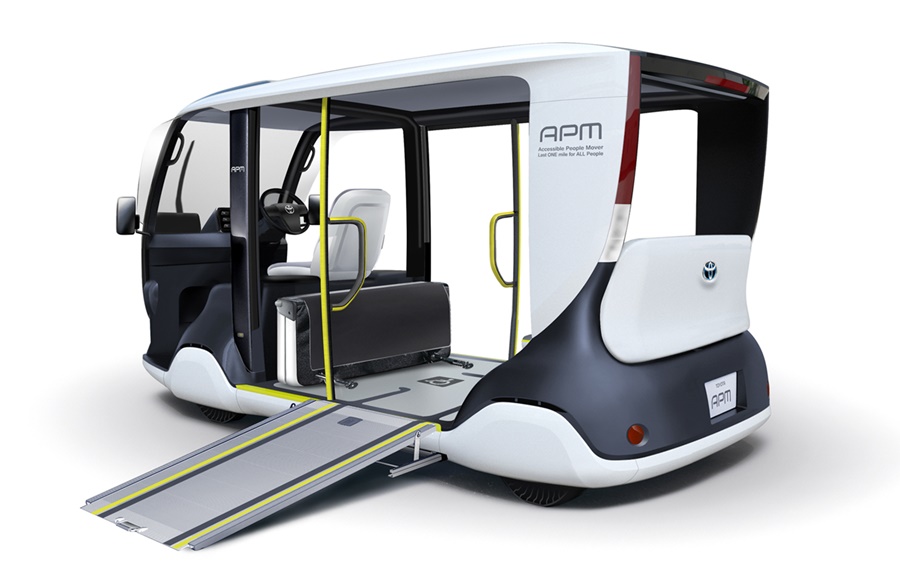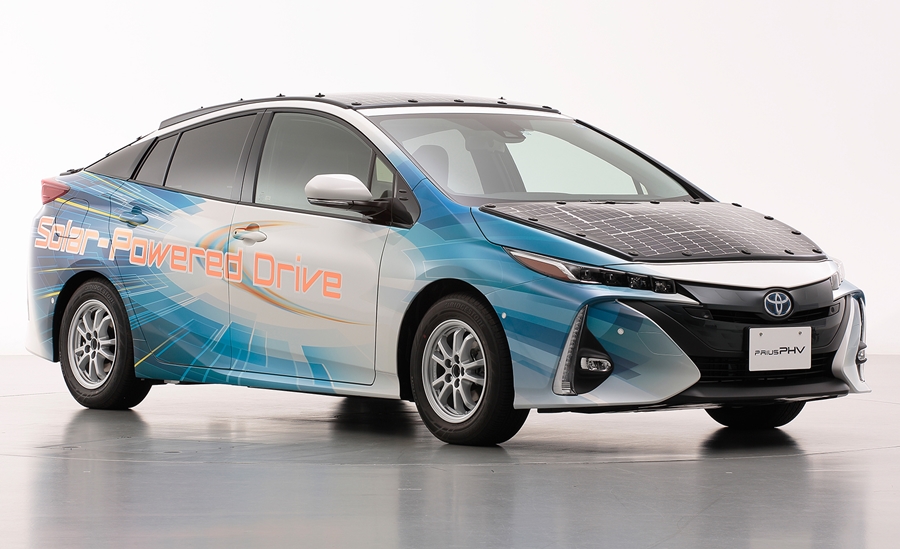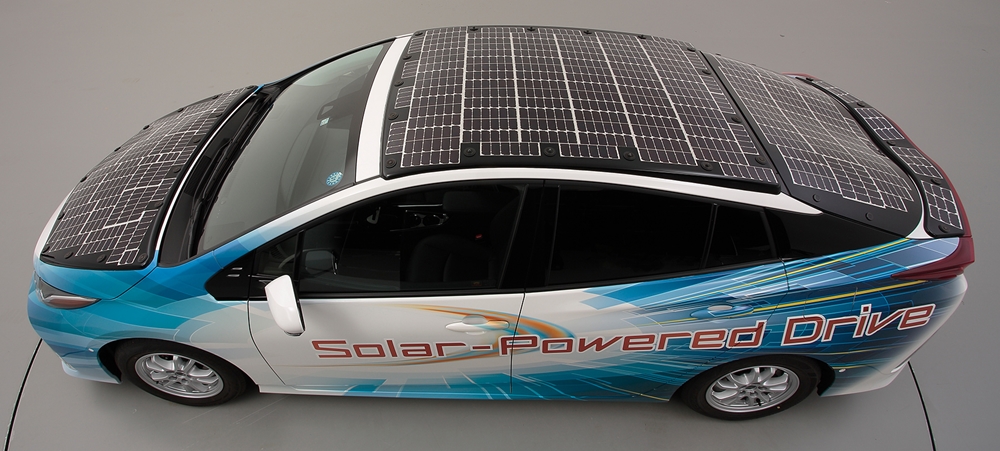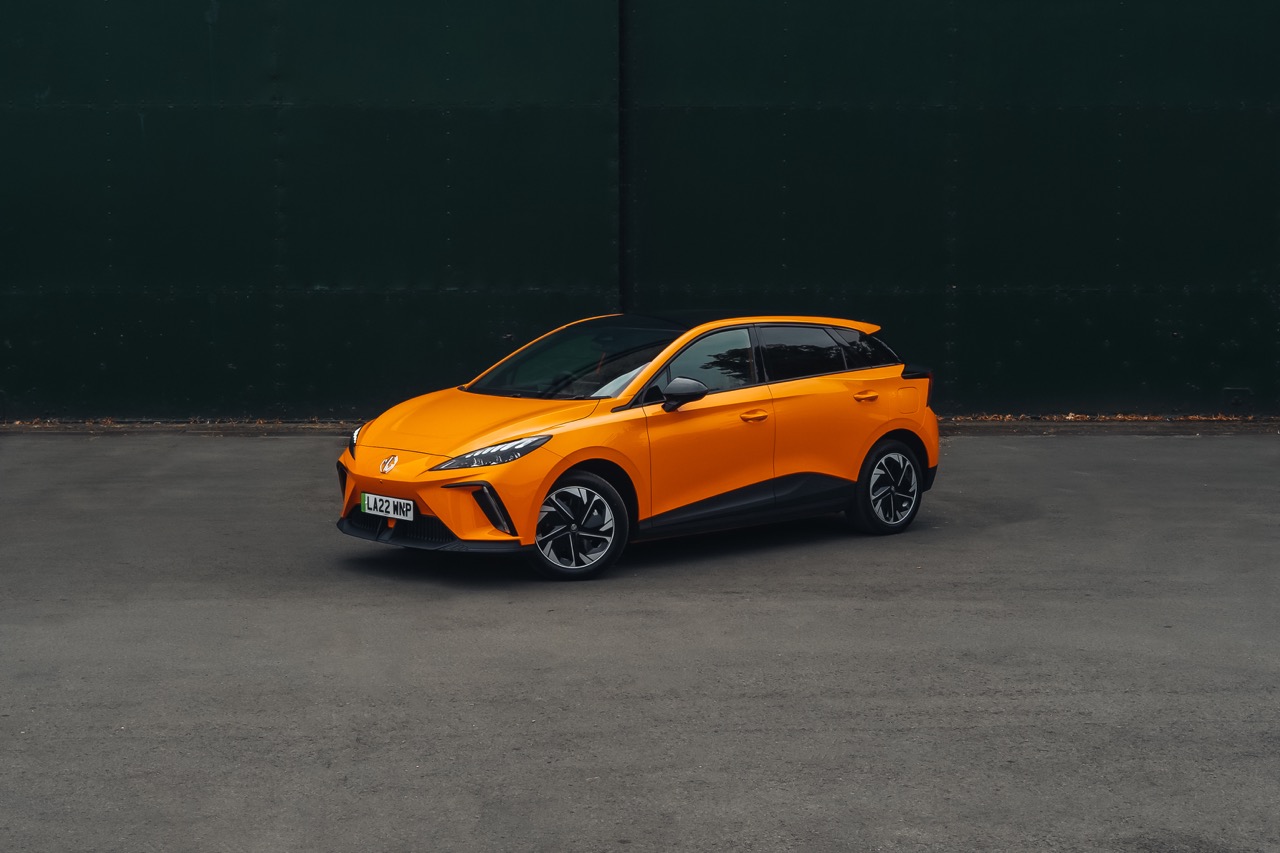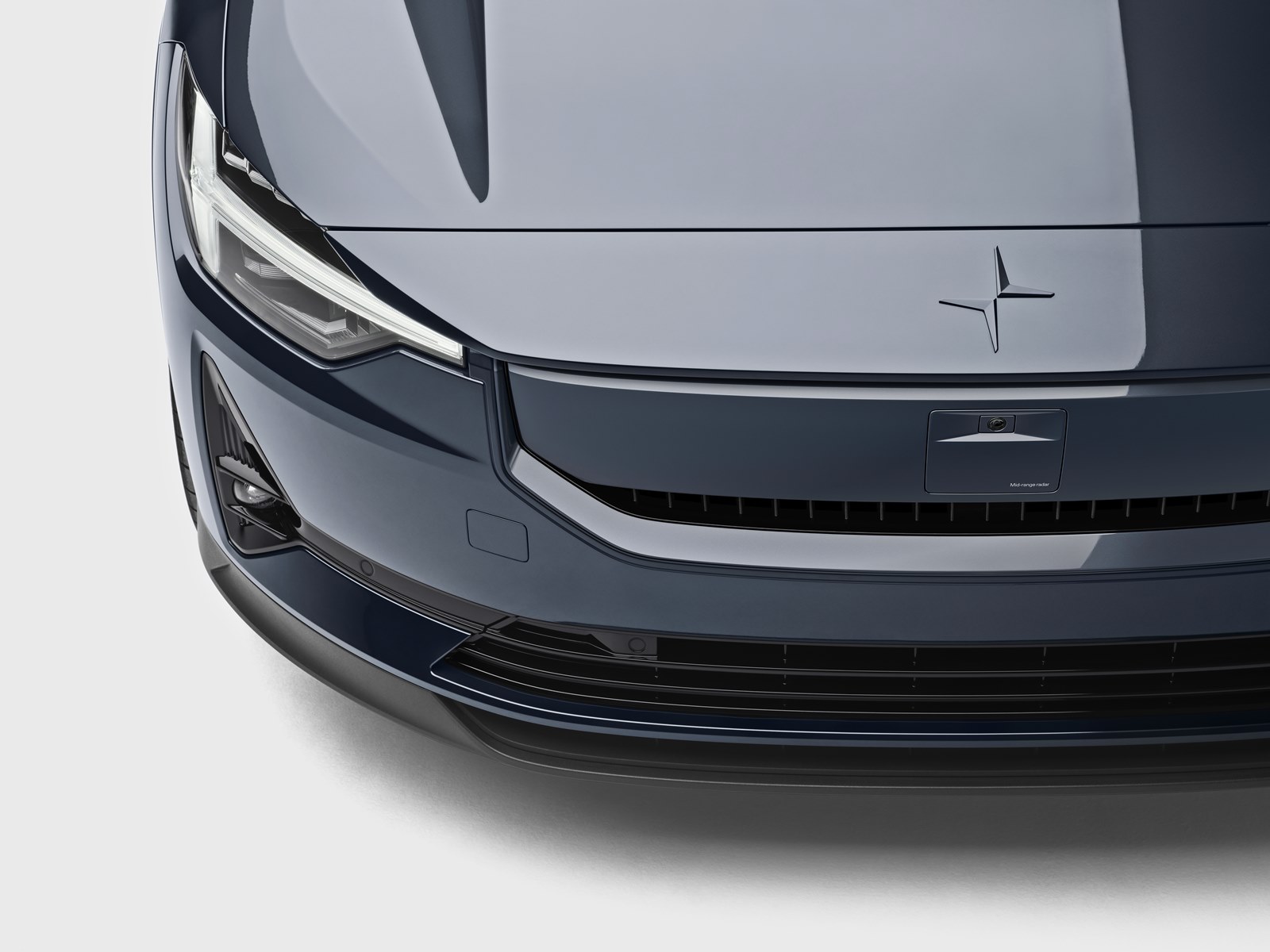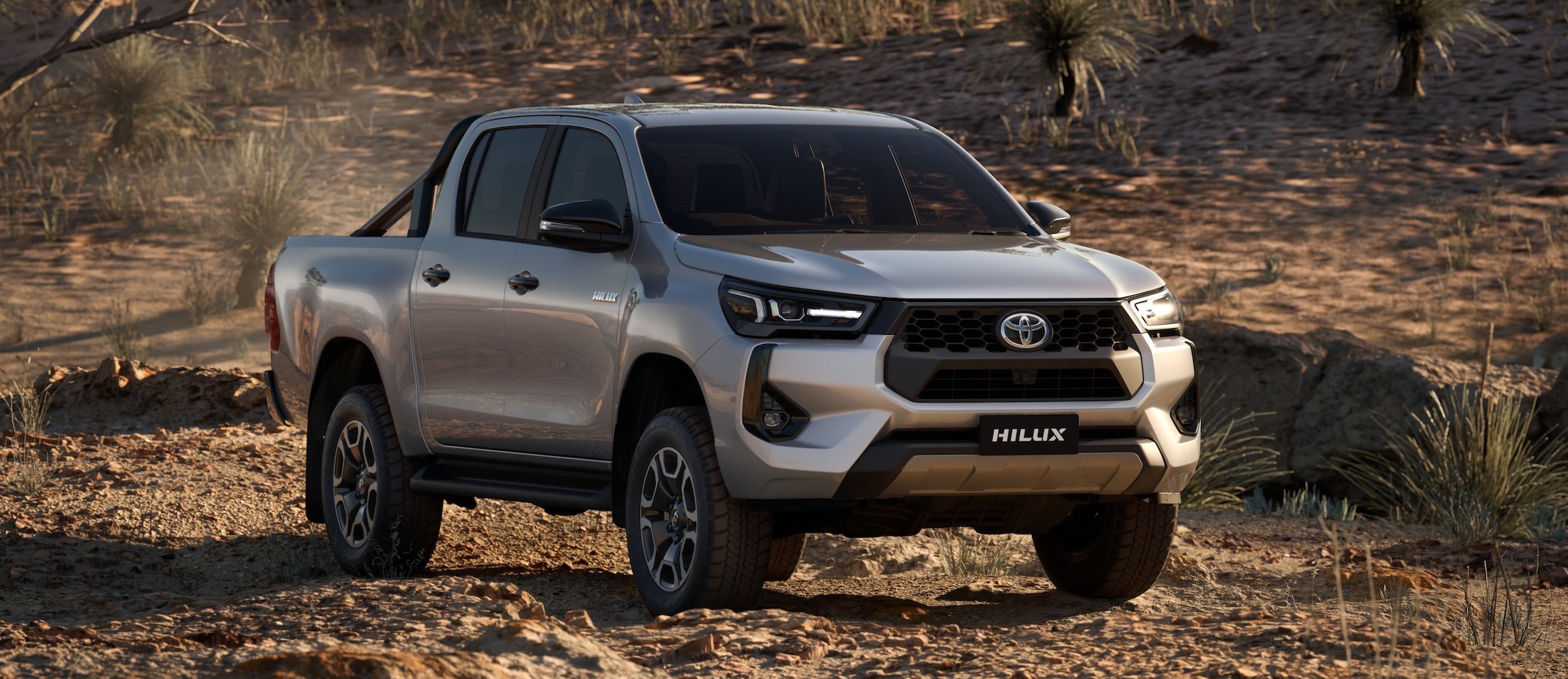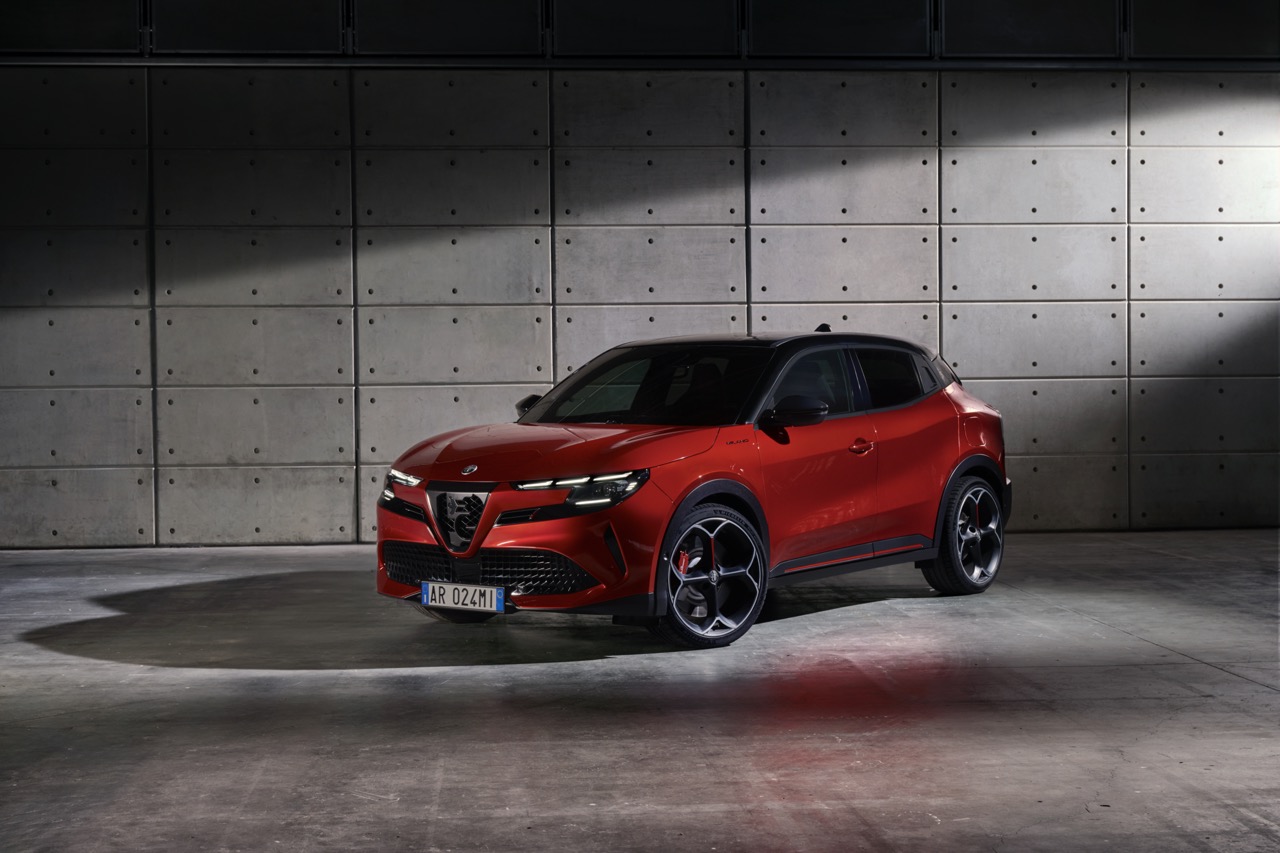Since Lexus was created in 1989 as Toyota’s luxury brand, it has usually been used as a technological showcase, introducing new technologies that in later years trickle down to Toyota models (Optitron meters are on example). It has enjoyed autonomy to choose its direction and product portfolio, coming out with successes like the RX which was a game-changer when it appeared in 1997. And while the Toyota brand steadily gravitated towards electrification, Lexus stuck with big internal combustion engines that still had demand from its upper strata customers.
This is not to say Lexus has not been supporting hybrids; since the launch of the RX 400h in 2005, the brand has been among the pioneers in electrification technologies, examples being the two-stage reduction gear and the multi-stage hybrid system.
Like most global brands that want to continue their business into the next decade, Lexus now has to prepare for electrification on a bigger scale, as the ‘big picture’ for the Toyota Group dictates. At the same time, its upcoming generation of electrified vehicles must offer the brand experiences that have been part of the reason for its continuing success.
LF-30 – Lexus Electrified Vision in 3-dimensional form
The Lexus LF-30 Electrified concept unveiled at the 2019 Tokyo Motor Show targets a fundamental leap in vehicle performance, handling, control and driver enjoyment – even as mobility within our society continues to change with autonomous driving and vehicle electrification.
Presenting the vision in 3-dimensional form as the LF-30 concept, the technology of Lexus Electrified enables integrated control of powertrain, steering, suspension, and brakes, realizing the ultimate potential of the motor control technology cultivated in hybrid vehicles. With this technology, it is claimed that it will be possible to control the driving force to provide ideal vehicle posture according to each driving situation, enhancing safety and driving pleasure.
Lexus Advanced Posture Control technology regulates the drive-power output from high-torque electric motors to adjust vehicle posture in tune with human sensibilities. Completely independent control of front and rear drive wheels allows appropriate provision of front-wheel drive, rear-wheel drive, and all-wheel drive, depending on the driving situation.
Compact and lightweight drive-power units expand freedom in vehicle packaging and are used to enable the driver to enjoy ideal driving, regardless of the road surface or driving conditions. As a core element of Lexus Electrified, Lexus intends to widely apply this technology throughout its line-up of electrified vehicles.
New design freedom with a BEV
In taking up the challenge of expressing a new design that could only be achieved with a BEV (Battery Electric Vehicle) powered by in-wheel electric motors, Lexus visually articulated the LF-30’s unique energy flow. The car’s form is meant to visually express the energy created by the wheels set at the corners of the bodywork streaming toward the vehicle cabin and past the driver to directly flow onto the road surface. ‘Voltaic Sky’, the colour of the exterior, employs a leading-edge metal-infused coating to achieve a unique quality tinted by a touch of blue-green.
Taking advantage of a shape that has no defined bonnet – made possible by being a BEV – Lexus’ designers further evolved the signature spindle form to span the entire vehicle architecture. The window glass, which continually stretches from the front to rear, the muscular fenders, and the wing-shaped headlights now form the contours of the Lexus iconic spindle.
The shape of the body is fashioned with an elegantly flowing front which transitions into a linear and sharp rear. In addition to the wing-shaped headlights, the sharpness of the rear lights and side air intakes combine to achieve both excellent aerodynamics and cooling performance, resulting in styling fused with function.
The opacity of the side windows can be freely adjusted, providing occupants with expansive views of the surrounding scenery and a high level of privacy at night and in other situations. The colour of the front face of the car and luminescence patterns help identify from the outside whether it is being operated in its normal mode or in its autonomous driving mode, reflecting the brand’s pursuit of both a high level of styling and functionality.
Tazuna – new Lexus concept
Adhering to Lexus’ fundamental human-centered philosophy, the cockpit was designed based on the new Lexus concept of ‘Tazuna’. Inspired by how a single rein can be used to achieve mutual understanding between horse and rider, the steering controller-mounted switches and head-up display have been coordinated to a high degree, creating a space that enables the driver to focus on driving while controlling various functions, such as the navigation and audio system and driving-mode selection, without having to shift one’s vision or operate manual switches.
As an indication of the future image of a Tazuna cockpit, the LF-30 employs next-generation interfaces, such as gesture control and enhanced presentation of vehicle information through AR (augmented reality). With the layout of the front passenger seat echoing that of a first-class seat on an airliner, the interior is one in which a sense of openness and a sense of envelopment coexist.
The rear seats use artificial muscle technology to mold to their occupant, and can support various modes such as reclining, relaxation, and alert functions. A Mark Levinson audio system creates a next-generation listening environment, in which minute speaker control establishes ideal acoustic spaces for music listening pleasure for the driver and each passenger, and speakers built into the headrests not only provide an optimal audio environment but also have a noise-cancelling feature that contributes to enhanced quietness.
A glass roof above the rear seats features voice control and a gesture-controlled ‘SkyGate’ display window that uses AR to display various types of information, such as a realistic star-filled sky, user-favourite videos, and even navigation.
Sustainable materials
In addition to its unique design, the interior also indicates the direction of next-generation luxury by using sustainable materials to reduce environmental burden. Yakisugi (charred cedar), a traditional Japanese material, is used in the floor and steering controller while recycled metal was processed into fibres for use in creating the pleated door trim. This approach expresses Lexus’ distinctiveness and innovative spirit.
Based on the latest autonomous driving technology concept of ‘Lexus Teammate’, the LF-30 features advanced driving support functions in the form of a Chauffeur mode and a Guardian mode. Occupants can enjoy both comfort and peace of mind during autonomous driving with advanced posture control technology being employed. Furthermore, a self-parking function and a front-door pick-up function in which the LF-30 autonomously moves from driveway to doorstep will provide an especially high level of convenience.
The LF-30 also carries the ‘Lexus Airporter’ drone-technology support vehicle. Using autonomous control, the Lexus Airporter is capable of such tasks as independently transporting baggage from a household doorstep to the vehicle’s luggage area.
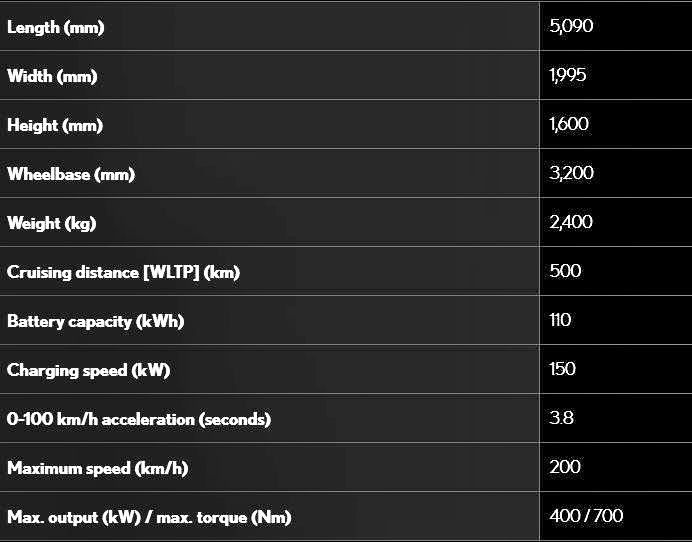
First production Lexus BEV next month
While we won’t see a model looking like the LF-30 in Lexus showrooms anytime soon, we will see the first BEV with a Lexus badge having its global debut next month. It’s not known if this will be adapted from a current model (like how Volvo has done with its XC-40 Recharge) or something entirely new. But it is confirmed that the first Lexus PHEV with a new dedicated BEV platform will be launched in the early part of the next decade.
By 2025, Lexus will have electrified versions of all its models, with the aim for sales of electrified models being higher than those of conventional internal combustion engine models.
Visit www.lexus.com.my to know more about Lexus models you can buy in Malaysia today.


